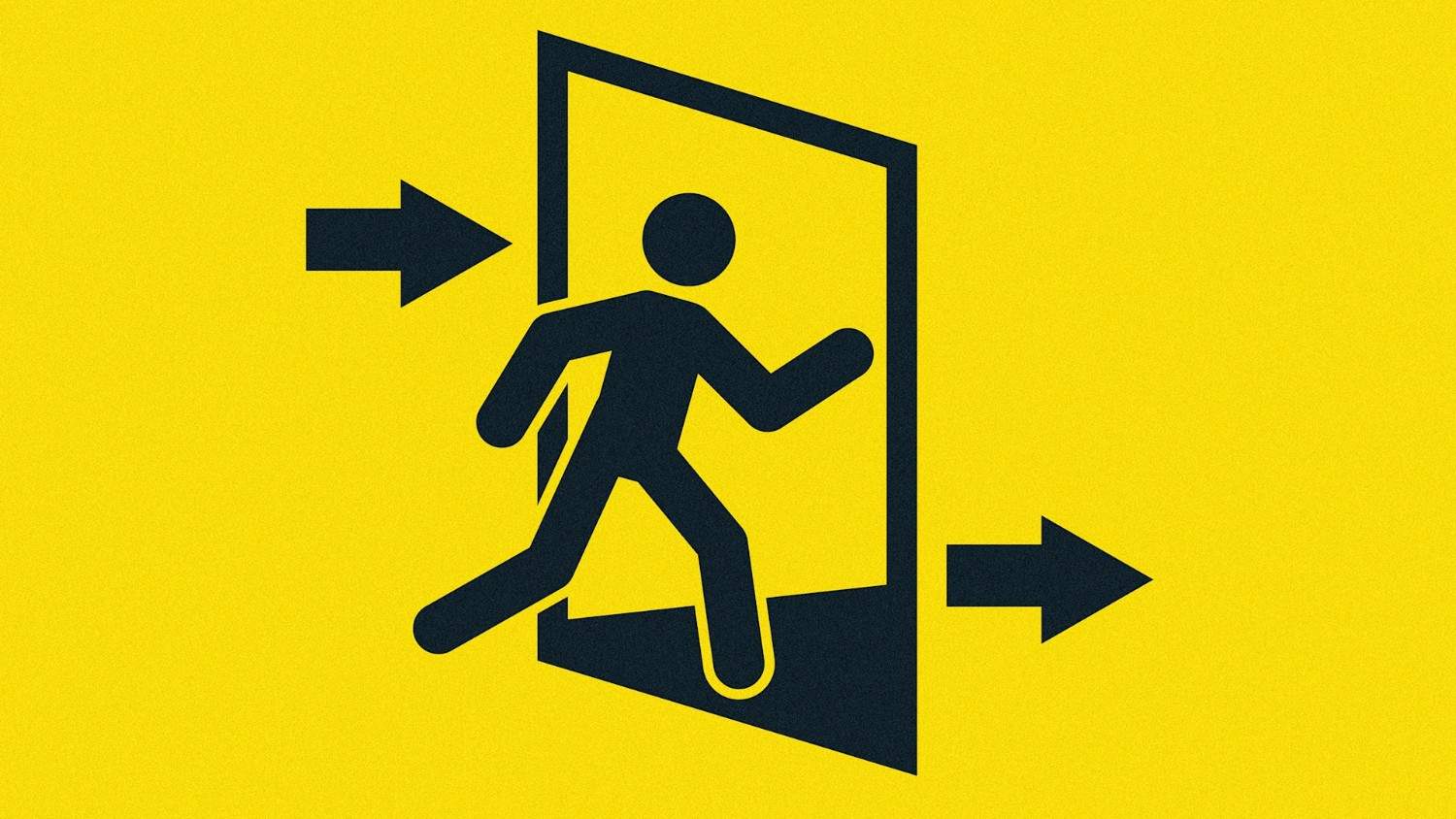- | 9:00 am
Companies in the Middle East need to reduce high turnover among young employees
Young employees want to feel that they are creating an impact and making a difference or knowing how their work will ultimately impact the company.

Omar Elsiefy is a young employee in his mid-twenties. He specializes in using technology and innovation to transform businesses and help them succeed. Despite his young age, he’s already had three different career experiences. After graduating from university, he launched his startup, worked at a media company, and, more recently, joined a leading consulting and accounting firm.
Elsiefy’s experience is not unique among youth today. They are constantly on the lookout for better and more suitable work opportunities, leaving employers struggling to know how to retain them.
A survey by Bayt.com and Markelytics Solutions across the MENA region found that 18-to 25-year-olds have a high turnover rate of 40%. They tend to switch jobs, with many having three or more roles already in their career history.
Additionally, the survey found that 81% of respondents of all age groups spend no more than two years with their current employer, indicating widespread job transition across the region.
“Compared to other generations, ten years ago, for example, employees didn’t have much grounds for comparison except from friends,” Elsiefy says. “But today, we can go online and learn about salary ranges, get feedback on the workplace, and even see company ratings. So, if I feel I’m not in a good place, a quick search can prove that to me.”
IMPACT ON BUSINESSES
Constantly comparing compensation packages, benefits, and work culture can fuel job transitions and lead to high turnover in companies. A plethora of online job sites and platforms are making it easier than ever before for people to change jobs, which can be a problem for businesses.
For starters, employee turnover is expensive. It costs companies at least six to nine months of an employee’s salary to replace them, including recruitment, onboarding, and training expenses. Besides being costly, high turnover can lead to work disruption, increased workload for existing staff members, and potential employee morale decline.
More importantly, however, retention matters because it is linked directly to productivity. The longer an employee stays with a company, the more consistent an organization’s productivity will be.
Darren Streete, founder of Deconstructing HR, an HR solutions company, believes that high retention could destabilize companies, from the day-to-day operations to the overall work environment. “It doesn’t just impact the financial cost, but also the handling of information, the working on projects, and the deliverables,” he says.
“So, if they are constantly transferring from one new person to another, that affects the outcomes and quality of work and the quality of teams. And that causes destabilization from a quality perspective as well.”
Fatma El Zahraa Ahmed, Founder and Managing Director of MEAComS, a communications consulting agency, has experienced firsthand the impact of turnover among her employees. She had to adjust the work scope and workload among her team members to ensure that the work remained uninterrupted for her clients.
“Turnover can be disruptive,” she says. “We’ve had to adjust quickly to ensure that projects and tasks continued seamlessly, which sometimes led to training existing staff members to take on different responsibilities and hiring new people to handle additional workload.”
At the same time, however, Ahmed used this experience to improve retention. She wanted to understand the reason behind the turnover, whether it’s related to career growth, work-life balance, or compensation and benefit packages, among other things, to better address employees’ concerns. “We have used this feedback to improve our employee experience,” she says. “For example, we’ve enhanced our professional development opportunities, career path, and flexible work arrangements.”
ADDING VALUE
While retention is usually the result of many different factors, including providing a competitive salary, appealing work culture, and opportunities for growth and development, there are some things that companies can do to keep young people employed.
One of those things is understanding the value set of the younger generation. According to Streete, young employees today want to feel that they are creating an impact and making a difference, whether in the environment, delivering on corporate social responsibility goals, or knowing how their work will ultimately impact the company.
Since many start off in junior roles, it can be challenging to see the big picture or understand the overall impact of their work.“The younger generation is usually very technically competent; they’re very good at what they do, but they don’t seem to be self-motivators when they don’t have a clear picture of what they’re trying to do,” he says. “But once they have an idea, be it they’re trying to do something for themselves like be an entrepreneur or know what is expected of them in a company, or simply understand how their work is providing a wider remit into the community, they’ll be passionate and go for it 100%, which is brilliant.”
Elsiefy changed jobs not because he was unhappy in his previous role but because he wanted to create more impact. Although he now has better work life balance, and more learning and growth opportunities, he wanted to work on projects that he deemed meaningful and influential. “In my previous role, I felt that I was creating an impact by giving a voice to people and industries, but it was in a back-office role. Now, I work directly with clients and on projects that interest me.”
TWO WAY STREET
While companies can create better workplace experiences and guide young employees on ways to best create impact, youth also have a role to play in effectively contributing to an organization.
As Streete says, “This has to be a two-way street.” Young employees may have some of their own criteria for work, but they also have to be flexible in understanding a company’s goals and objectives.
“In the end, all employees have to understand the business needs to be able to generate revenue,” he says. “This revenue needs a certain amount to maintain the people working within it. So, it’s in employees’ interest to understand what the business is trying to achieve and what the most effective way of being a contributor is.”
This balancing act of meeting business goals and employee needs is not easy for many companies. Yet, it is one need that they need to take seriously if they wish to reduce turnover rates and maximize productivity. “Give us more responsibility; we want to learn,” Elsiefy says. “We want to be part of a company’s strategic goals and see the bigger picture.”








































